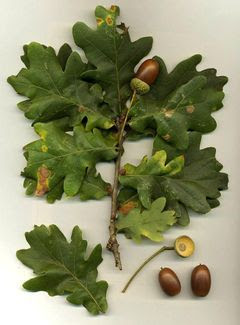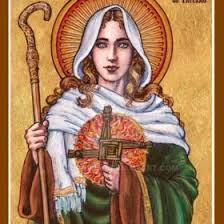 |
| Redshank by Angus McBride |
My research into the Redshank settlements in Ireland began innocently enough, it was through research into my own McCain family history. I used Y chromosome DNA testing and primary source documents to uncover the fascinating history of the Gaelic Redshank migration to Ireland. The McCain family originated in mid Argyll, from the parishes of Glassary Kilmichael and Kilmartin. These McCains were a fixture there from the early mid 1300s to the late 1500s. The McCains (in Gaelic Mac Eáin) were Redshanks. The Redshanks were a type of professional Gaelic soldier that were much in demand in that time period. My McCain were one among several thousand Redshank families that migrated from Argyll to west Ulster.
There were two areas in Ulster where Redshanks settled in large numbers, in west Ulster, primarily in east Donegal, and in north Antrim. Over the years I have located primary sources that mention them and there is also new data coming from the DNA testing results, that provide a good basic history of the Ulster Redshank families. For various reasons, the history of Scottish Gaels that migrated to Ulster during this time has not been written about much by historians.
The reasons for this lack of acknowledgement of Redshank history involve Irish cultural politics, the marginalization of Gaelic history in general, and just basic lack of interest in what is seen by some as a minor aspect of Ulster history. This Redshank migration took place during the Elizabethan attempts at conquest of Ulster and the beginning of the Plantation of Ulster. This Gaelic migration has not been the subject of the historians in this field. The Redshanks are normally allotted a paragraph at best in a history of this era in Ulster.
The Redshanks are usually mention only in passing in histories as summer warriors that travelled from Argyll to Ulster to serve in the armies of various Irish Gaelic lords, and then they returned back to Scotland at the end of the campaign season. However, by the mid 1500s, many Redshanks began to settle in Ireland.
Most Redshanks were typical Scottish Gaels, usually from the west Highlands and the Hebrides. Some were from the Scottish Lowlands, usually from Ayrshire and Gallowayshire. The Crawfords of Ayrshire and example of a Lowland Redshank family that settled in numbers in east Donegal in 1570.

















